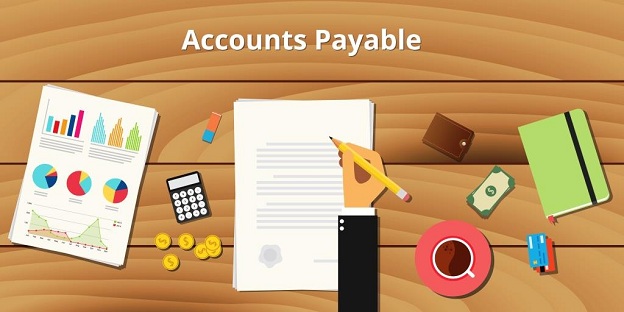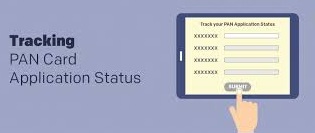Account Payable
Account payable can be defined as an obligation to be paid, in other words When a company orders and receives goods (or services) in advance of paying for them, we say that the company is purchasing the goods on account or on credit. The supplier (or vendor) of the goods on credit is also referred to as account payable.
As is expected for a liability account, Accounts Payable will normally have a credit balance. Hence, when a vendor invoice is recorded, Accounts Payable will be credited and another account must be debited (as required by double-entry accounting). When an account payable is paid, Accounts Payable will be debited and Cash will be credited. Therefore, the credit balance in Accounts Payable should be equal to the amount of vendor invoices that have been recorded but have not yet been paid.
The term accounts payable can also refer to the person or staff that processes vendor invoices and pays the company’s bills. That’s why a supplier who hasn’t received payment from a customer will phone and ask to speak with “accounts payable.”
Accounts payable is the amount owed by an entity to its vendors/suppliers for the goods and services received.
Accounts payable and its management is vital for the smooth functioning process of any business entity. It is important for any business because:
- It primarily takes charge of paying the entity’s bills on a timely basis. This is important so that strong credit and long-term relationship with the vendors can be maintained.
- Only when invoices are paid on time, vendors will ensure an uninterrupted flow of supplies and services; which in turn will help in the systematic flow of business.
- A good accounts payable process ensures there are no overdue charges, penalty or late fees to be paid for the dues.
- The organized accounts payable process ensures all that the invoices due are tracked and paid properly. This will help avoid missing payments and making a payment twice.
- It also enables business entities to manage better cash flows (i.e. making payments only when due, using the credit facility provided by the vendor, etc.)
- Frauds and thefts can be avoided to a greater extent by following a stringent accounts payable process.
For a company’s financial statements to be complete and accurate, the accounts payable balances should be recorded with accuracy. These payables must be dealt with efficiently and accurately. If there is a double-entry of an expense or omission of a particular invoice, the financial statements will not report the correct amounts and the loss will be huge when the numbers involved are big. Hence, proper recording of the expense and tracking of the payment is necessary.
Accounts Payable Process
Every entity will have an accounts payable department and its structure depends upon the size of the business. Accounts payable section is set up based on the probable number of vendors & service providers, the volume of the payments that would be processed for a period of time and the nature of reports that would be required by the management.
For example, a small entity with less number of purchase transactions would require a basic accounts payable process.
Accounts payable process
Whereas, accounts payable department of a medium/large enterprise will have a set of procedures to be followed before making the vendor payments. Set guidelines here are essential because of the value and volume of transactions during any period of time. The process involves:
Receiving the bill:
In the case of goods, the bill/invoice helps in tracing the number/quantity of goods received. The time for which the bill is valid can also be known when the bill is received on time.
Scrutinizing the bill for details:
The vendor’s name, authorizations, date, and requirements raised with the vendor based on the purchase order can be verified too.
Updating the records for the bills received:
Ledger accounts connected to the bills received need to be updated. Here, an expense entry is usually required to be made in the books of accounts. In cases when an accounting software is used, recording some expenses may require managerial approval. The approval will be based on the bill value. As a precautionary step, large companies usually follow the ‘maker and checker’ concept for posting.
Making timely payment:
As and when the due dates arrive (based on a mutual understanding with the vendor/supplier/creditor), the payments need to be processed. Here, the required documents need to be prepared and verified. Details entered on the cheque, vendors’ bank account details, payment vouchers, the original bill, purchase order/agreement, etc., need to be scrutinized. Often the signature of the authorized person may be required.
Once the payments are made, the vendors/suppliers/creditors ledger account has to be closed in the books of accounts. This will reduce the liability earlier created. In simpler words, the amount showed as payable, will no longer be seen as a liability.
The procedures mentioned above are organization specific. They can be stricter for large companies with more approvals required. However, the basic steps are needed to be considered before payments are made in order to avoid errors and frauds.




